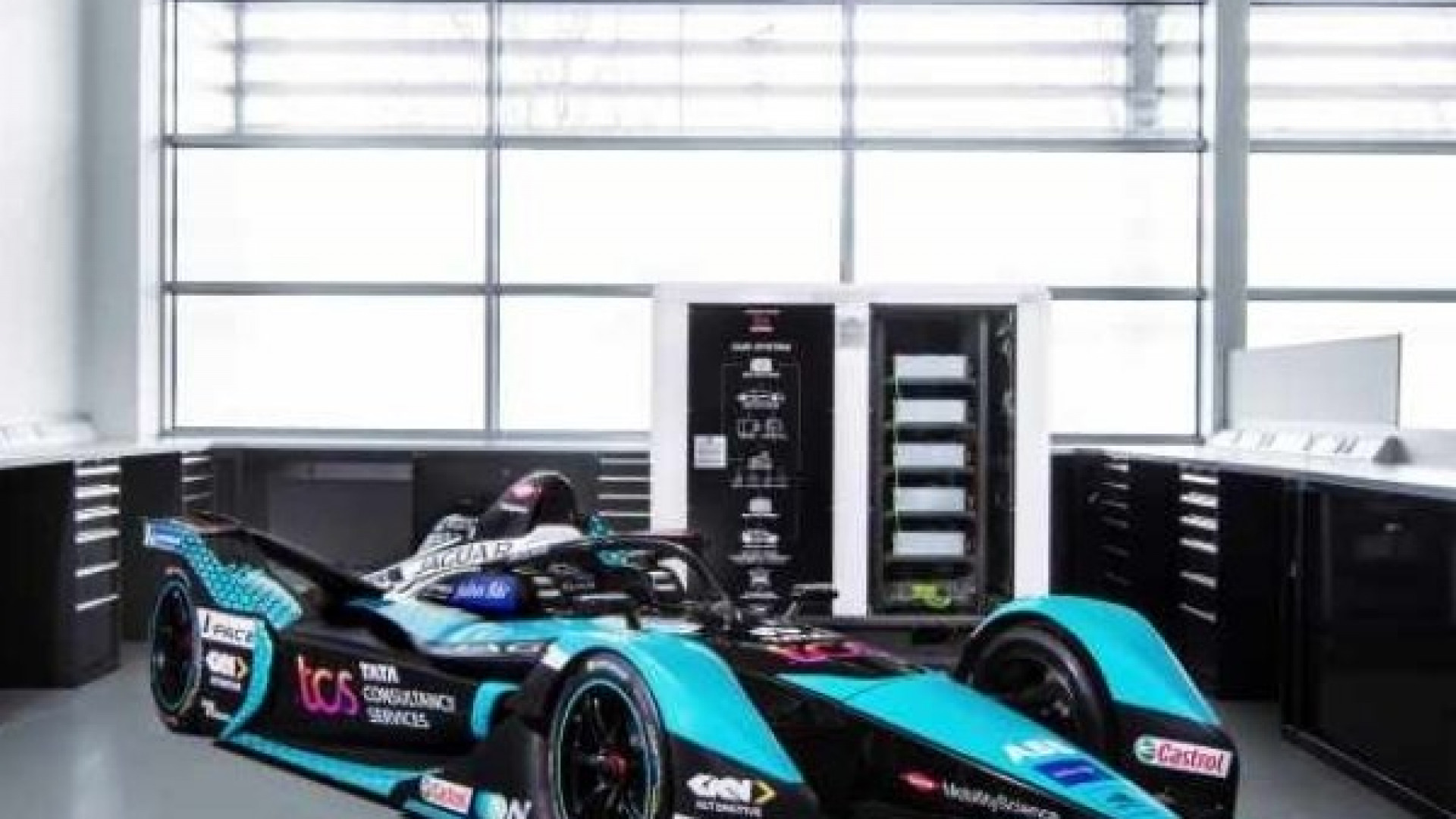
In collaboration with Pramac, Brand Jaguar has developed an emission energy storage unit for its vehicles. It generates power via second life Jaguar I-PACE batteries from engineering testing vehicles. Furthermore, the Mobile Battery Energy Storage System (ESS) is charged through solar panels. The I-PACE batteries were essentially used by the luxury car brand thanks to their suitability for second and third life applications. This technology is also tried and tested for the 2022 ABB FIA Formula E World Championship. To know more about Jaguar and its emission energy storage unit, MWTV presents this article.
Jaguar’s Energy Storage System (ESS) developed by Pramac technology:
Also known as the Off-Grid Battery Energy Storage System created for Jaguar by Pramac, the ESS possesses lithium-ion cells acquired from the Jaguar I-PACE batteries. The system testing accomplishment happened in the UK and Spain while the Jaguar TCS Racing was preparing for the 2022 ABB FIA Formula E World Championship. The testing followed by validation of the ESS carried out by the Jaguar TCS Racing demonstrates a cyclic technology transfer of race-to-road-to-race. More importantly, this technology is ready to be used officially in public for the first time in the Formula E World Championship in Rome on April 09th and 10th next month.
The charge capabilities of Jaguar’s Energy Storage System or ESS:
‘125kWh’ is the total capacity of the Jaguar’s Energy Storage System. It can quickly charge an all-electric I-PACE battery that lasts for a week. This unit charged using solar panels comprises a self-contained solution with a battery system closely linked to a bi-directional converter. It also includes a Type 2 Electric Vehicle (EV) connected to dynamic controls. The ESS system is rated up to 22kW AC, ensuring proper electric vehicle charging.
The role advanced engineering plays in the Energy Storage System ESS:
The I-Pace batteries used in the Energy Storage System of Jaguar are removed from other vehicles and help avoid premature recycling and create a secure supply of rare materials. It possesses a 90kWh Lithium-ion battery capable of delivering up to 470km/ 292 miles range (WLTP cycle), a maximum power output of 400 PS, and a torque of 696 Nm. It can also facilitate an acceleration from 0-60mph in just 4.5 seconds. In addition, apart from its outstanding efficiency, this battery is also renowned for its durability. The advanced engineering used to produce the I-Pace battery makes it perfect for second and even third-life applications that can prove effective in low-energy situations.
As for the future, Pramac and Jaguar TCS Racing are all set to collaborate to develop new sustainable automobile technologies to help Jaguar undergo a renaissance to become a wholly electrified luxury car brand by 2025.

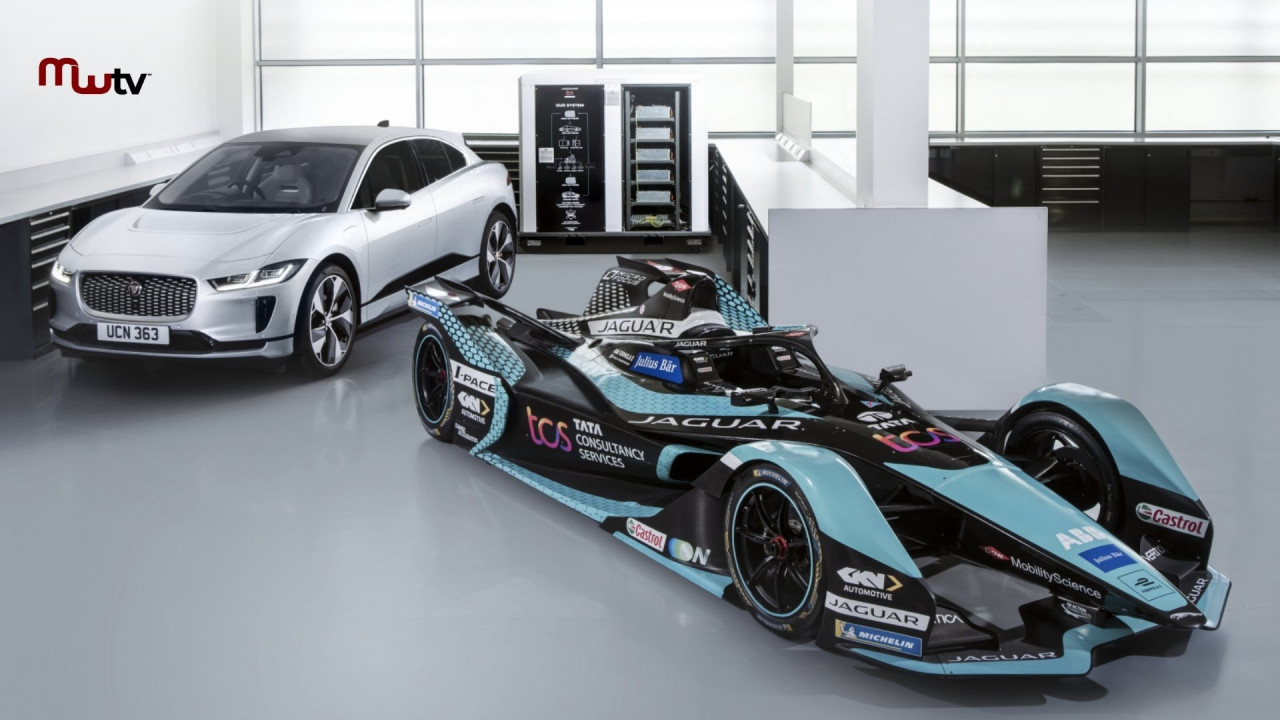
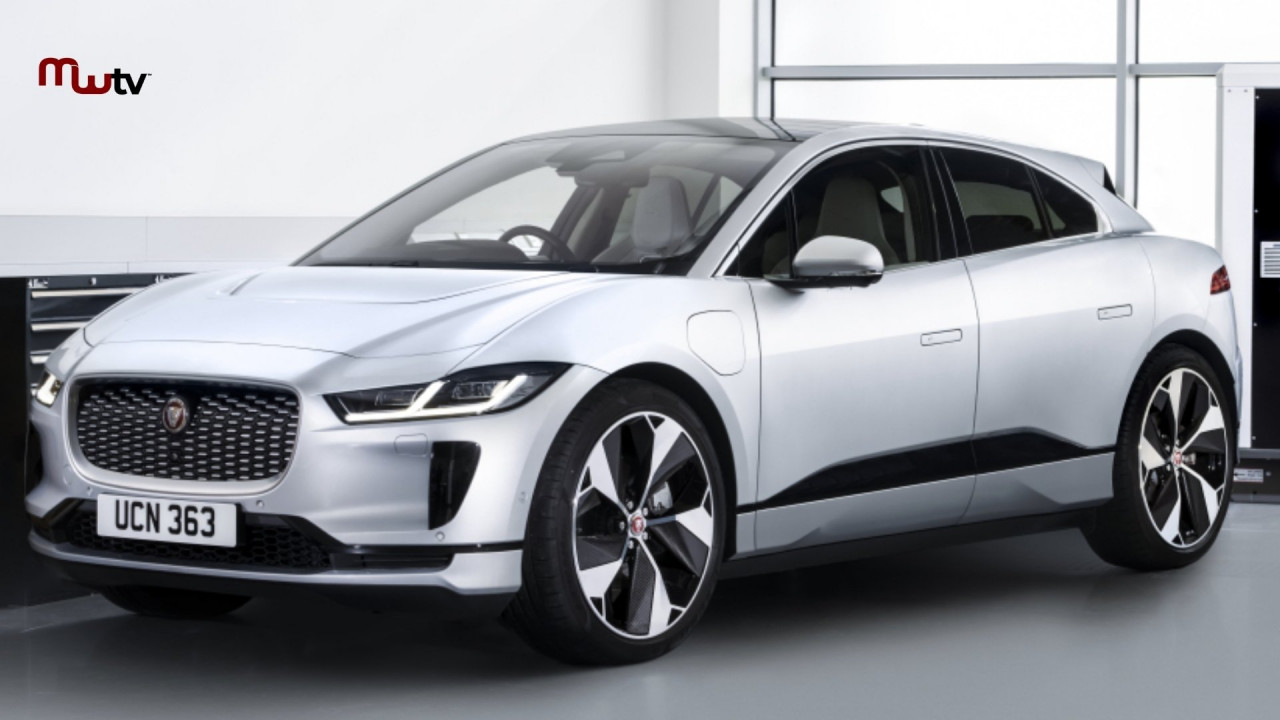
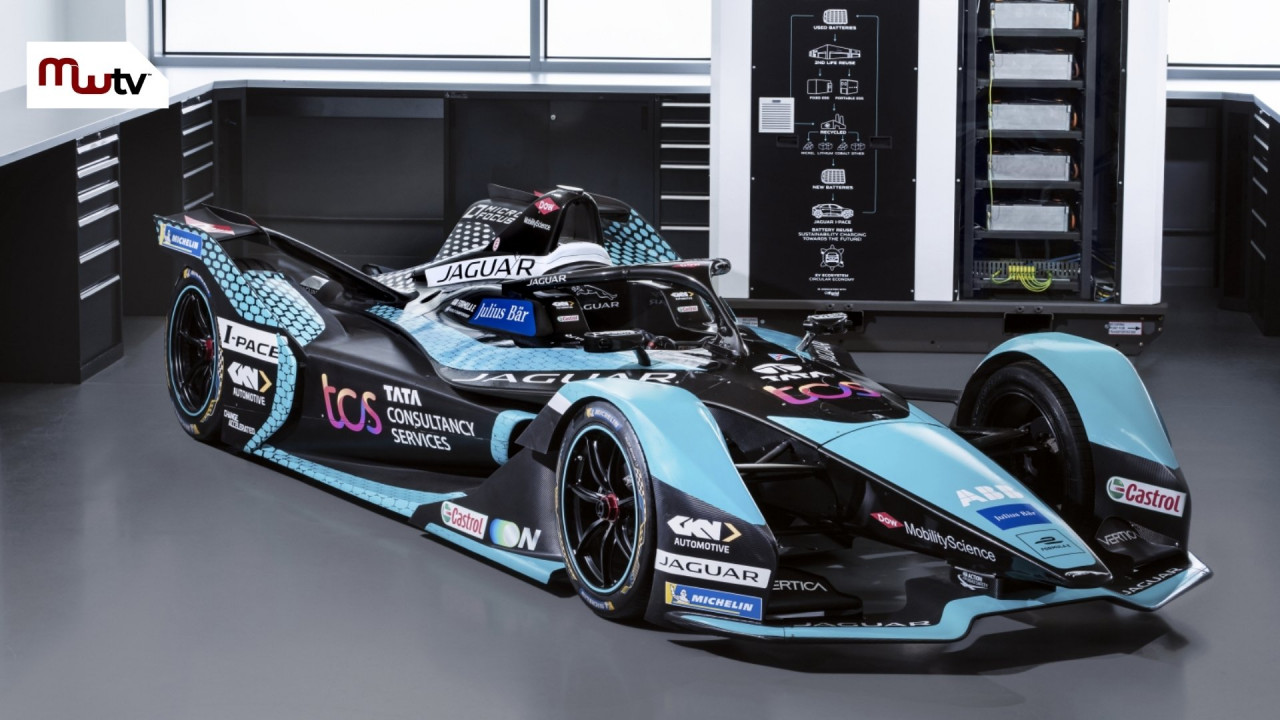
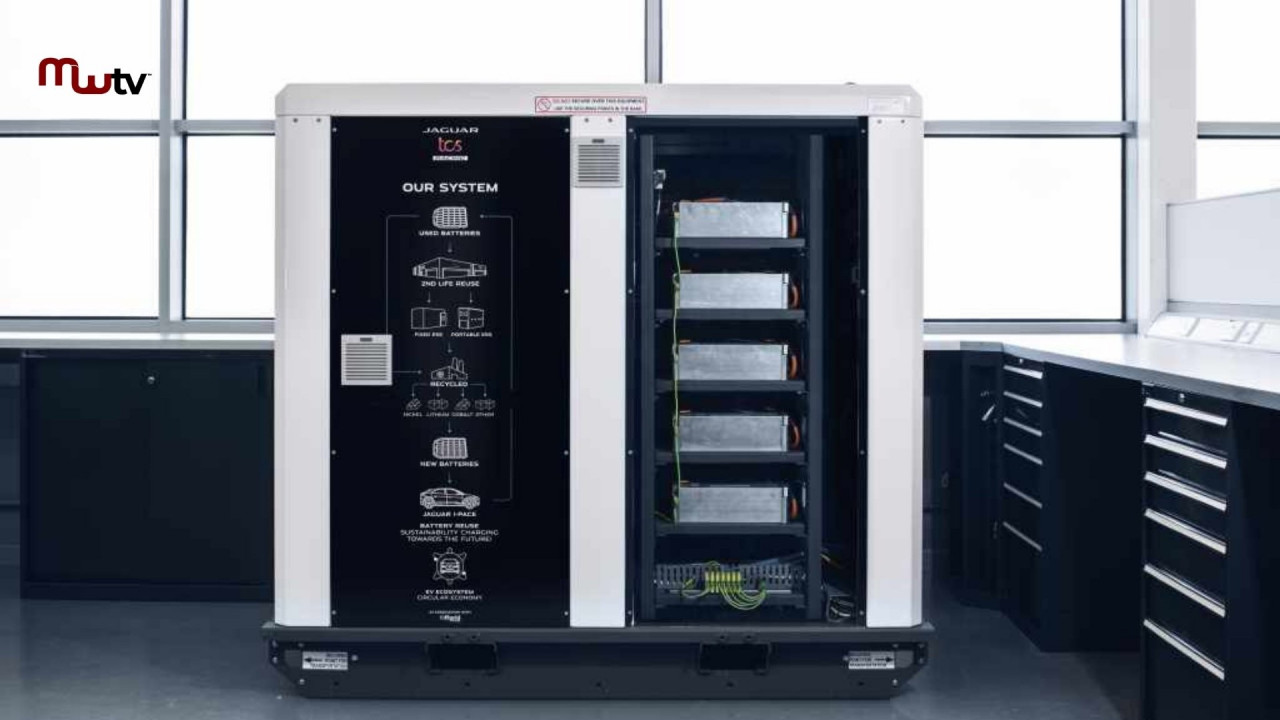


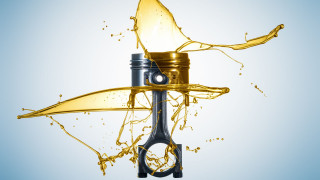


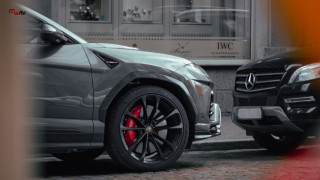

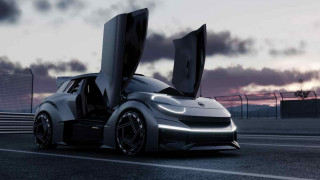
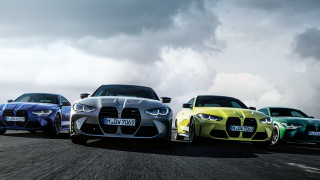
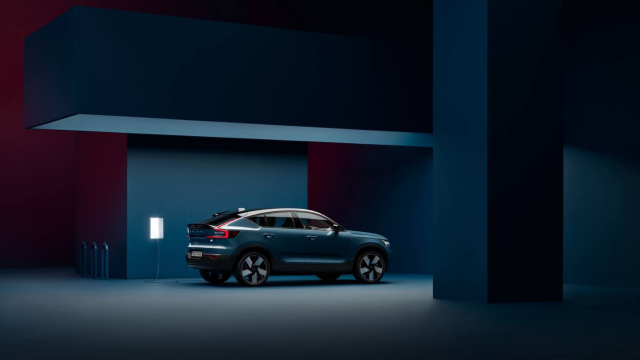
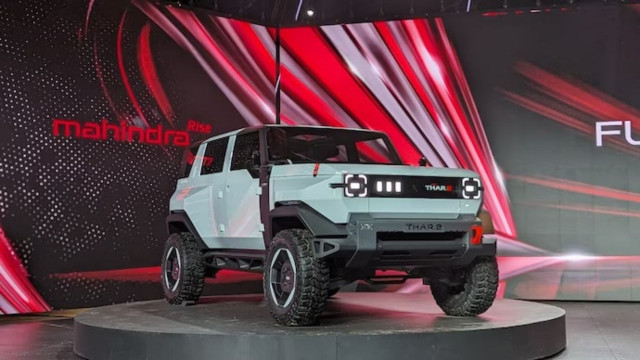
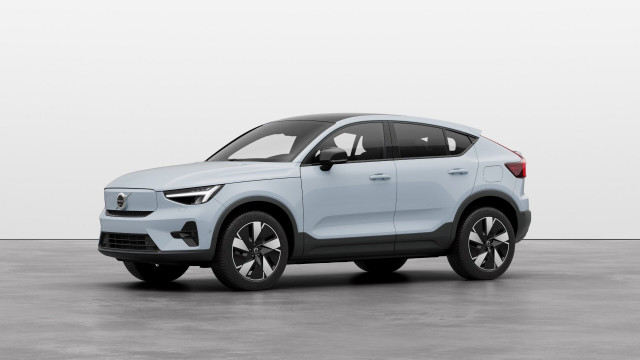


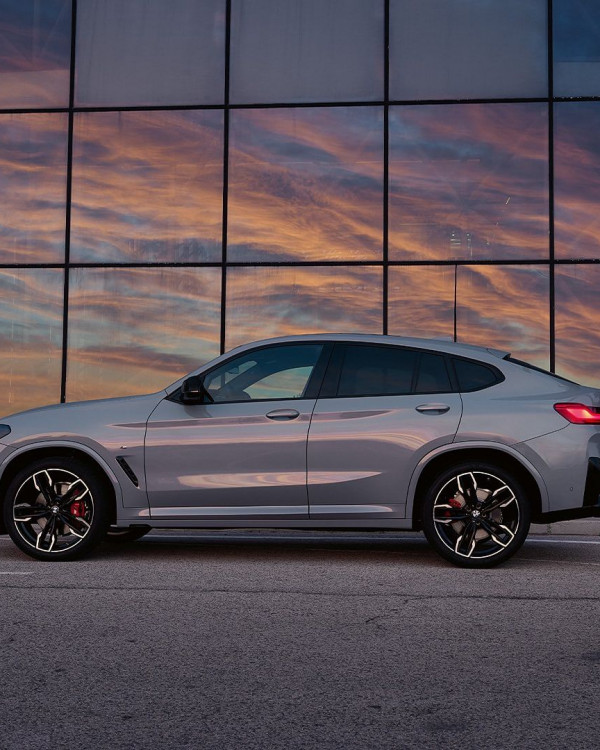
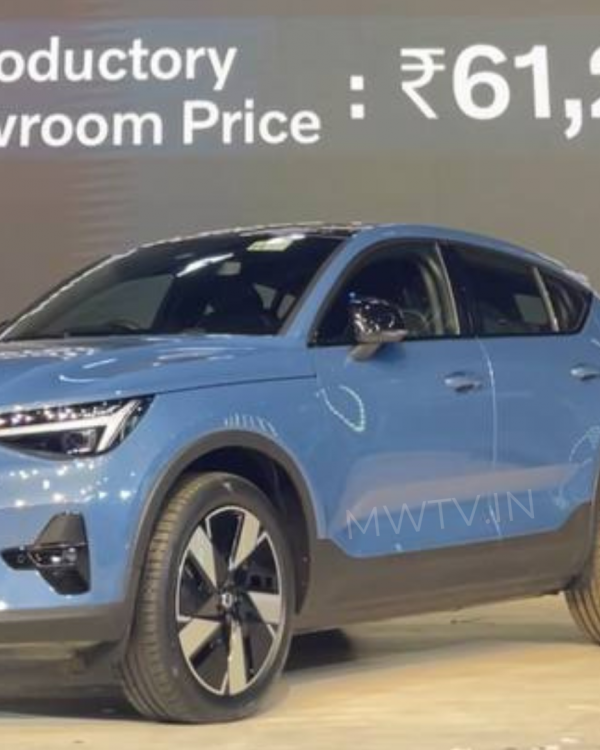

Your comment will be verified by admin before going live